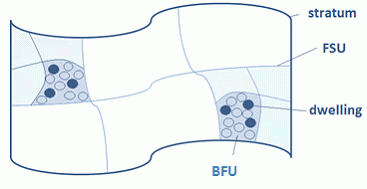The sample frame for the Labour Force Survey (LFS) is refreshed at regular intervals to ensure it accurately reflects the location of Australian residences as the population grows (see Information Paper: Labour Force Survey Sample Design, May 2013). There are two key changes which have been applied in 2018: the adoption of the address register, and changes to state sampling fractions.
From July 2018 data collected for the LFS will phase in the use of the Address Register as the sampling frame for unit selection, and apply updated state sampling fractions for selection probabilities within each state. This paper outlines the key changes to sample selection resulting from these changes, and provides a summary of all sample design changes that have been made since the LFS was first run in 1960.
No changes have been made to relative standard error targets for each state and territory as part of this update. For information on the latest targets, and a comparison to previous targets, please see Information Paper: Labour Force Survey Sample Design, May 2013).
